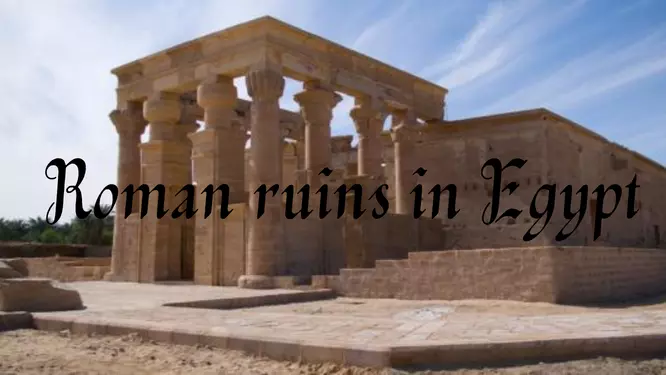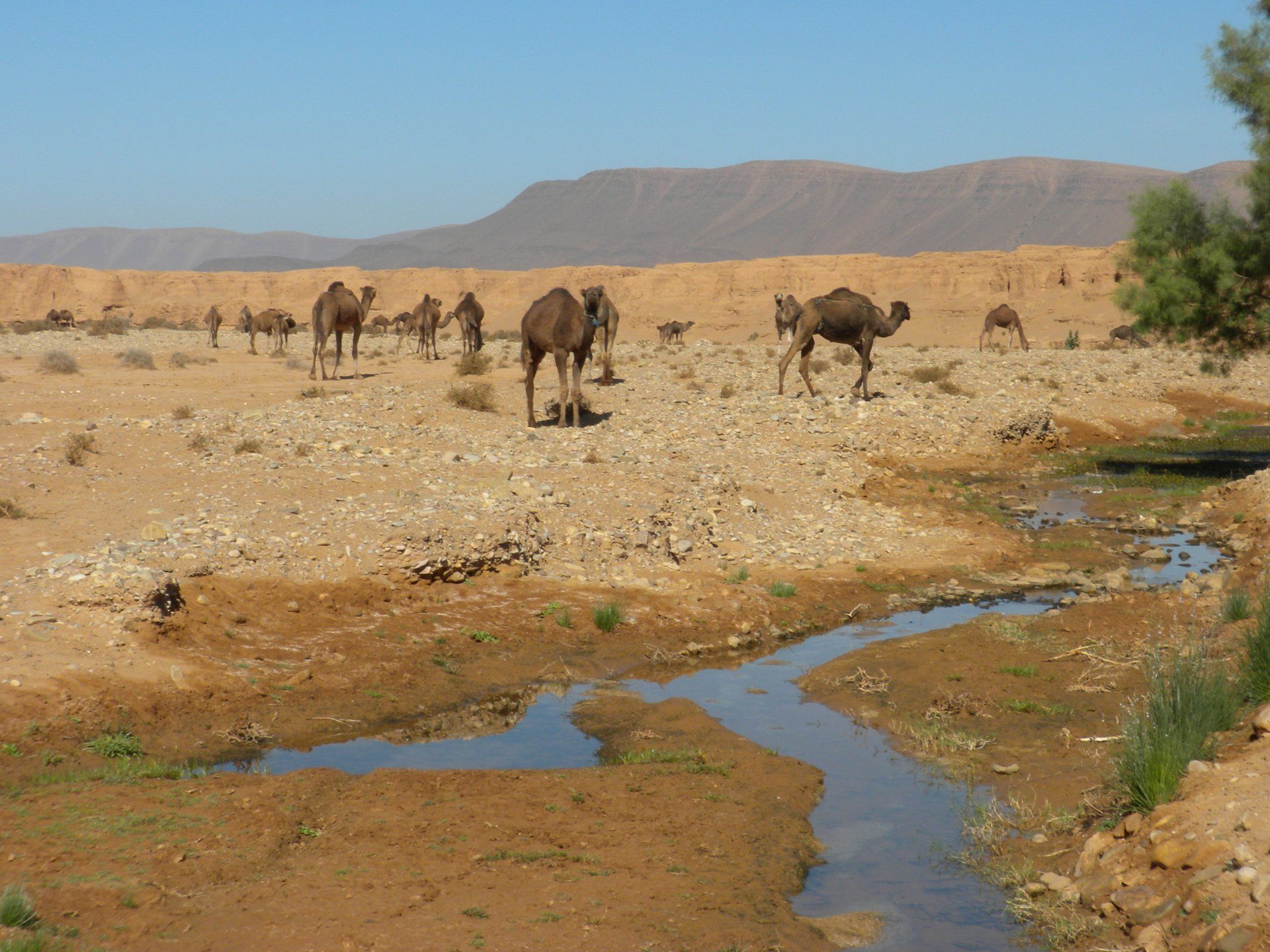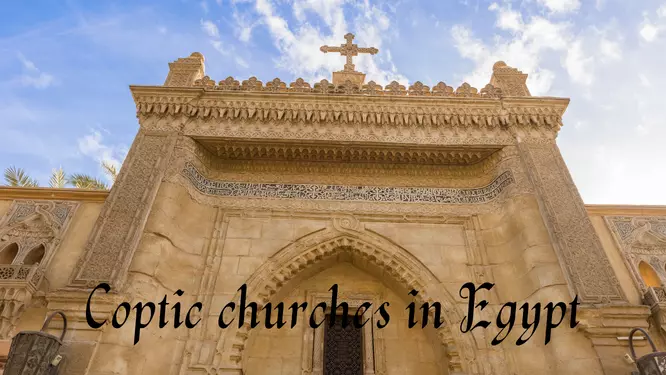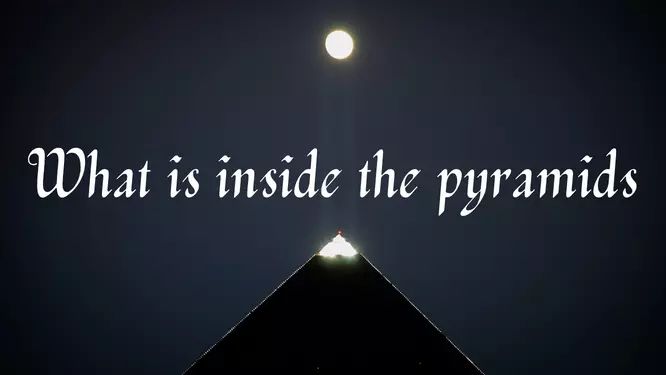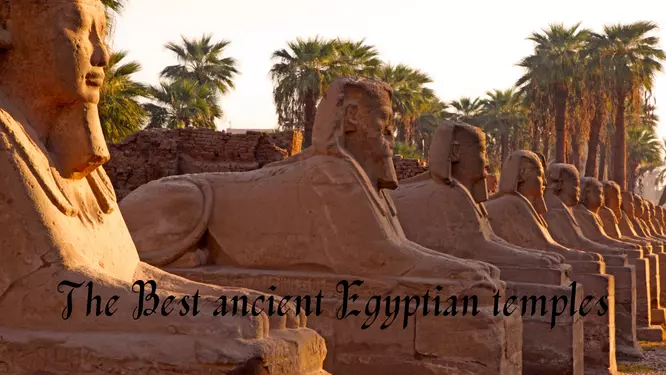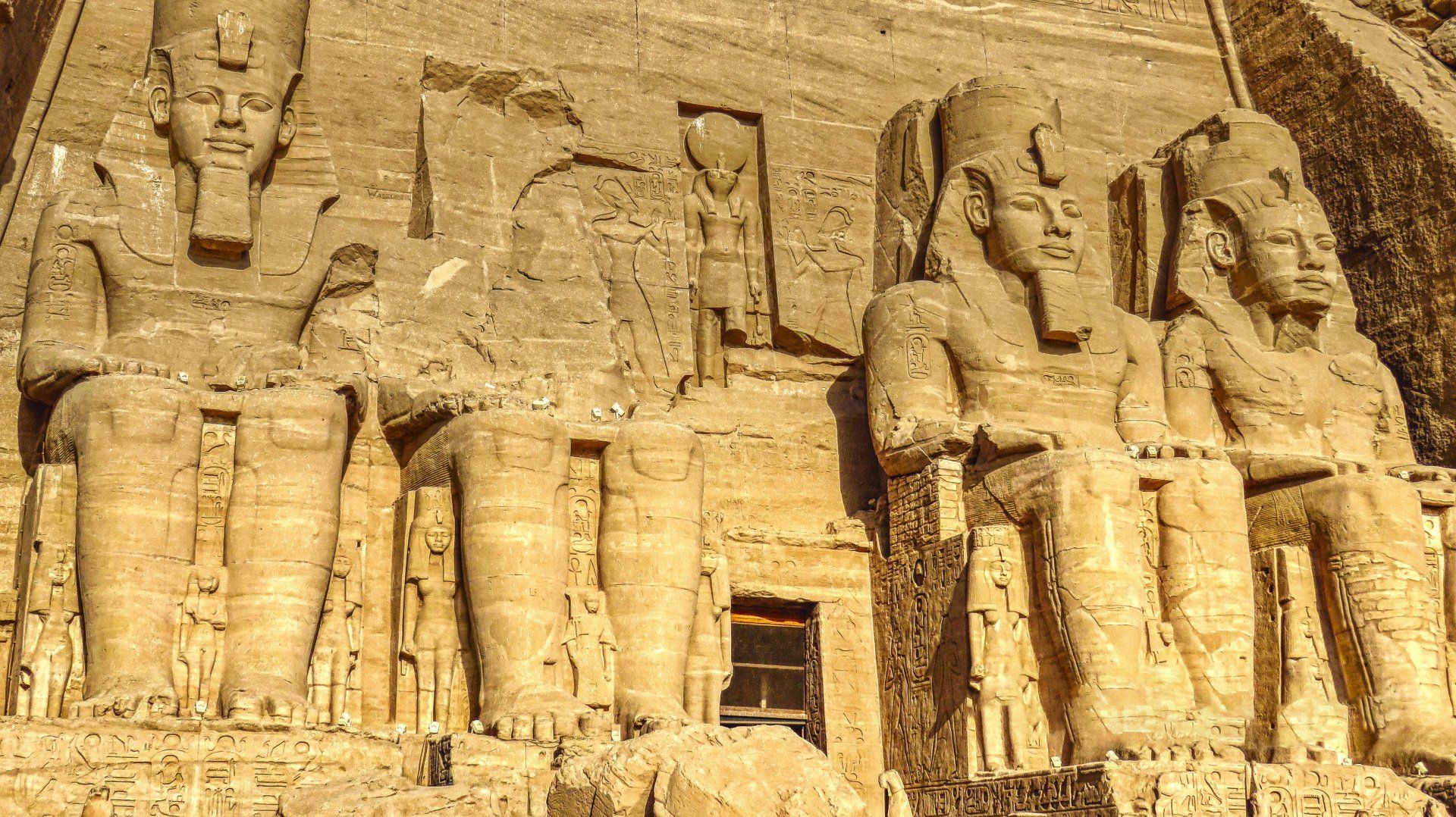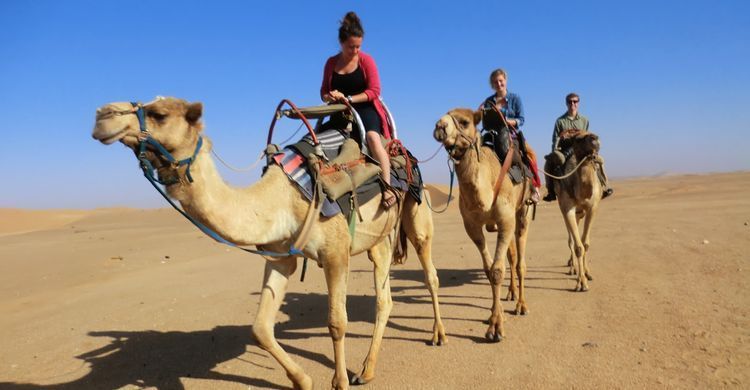Tourism and tours in Aswan
Aswan is considered an archaeological tourist city, its dominant position and the convergence of the continents of ancient Asia, Africa, and Europe have given it considerable historical and archaeological value and great international fame.
Things to do in Aswan
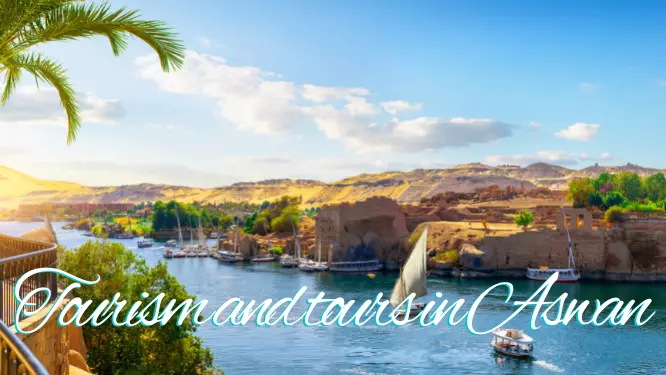
Tourism in Aswan
Tourism in Aswan is not only about ancient monuments, as the scorching sun of Aswan is one of the symbols of the city, tourists flock from Europe to seek warmth and escape the freezing cold of their country in winter. The city of Aswan is characterized by medical and recreational tourism, nature reserves, magnificent views, and impressive waterfalls.
It is one of the main tourist attractions in Aswan.
Nile Museum
The museum occupies an area of 146,000 square kilometers in the city of Aswan and was founded in 2004 and opened in 2016. The cost of its installation was 82 million pounds. The museum consists of 3 floors. The museum includes exhibition and conference rooms, a library, a reception hall, administrative offices, and green spaces.
The museum includes hundreds of photographs and artifacts that tell the story of the Nile and contains a number of archaeological remains, approximately 250 pieces.
The museum also showcases the history of the High Dam and documents its construction, including Egyptian Ministry of Irrigation projects such as the Qanater al-Khairiya Project, the Peace Canal, and the Toshka Project.
Temples of Abu Simbel
Abu Simbel is an archaeological site on the western shore of Lake Nasser, about 290 square kilometers southwest of Aswan, and is one of the monuments of Nubia inscribed on the UNESCO World Heritage List.
Ramesses II built many temples, the most famous of which are the cave temples near the city of Abu Simbel. There are two shrines:
The great temple dedicated to King Ramses II
The small temple is dedicated to his main wife, Queen Nefertari.
The Un-finished obelisk
It was made of pink granite in Aswan, Egypt, was 42 meters high, and weighed 1,168 tons.
During the reign of Queen Hatshepsut, work was carried out to move it and erect it in the temple of Karnak in Luxor.
Egyptian workers discovered a crack that made it inadequate, so they suspended completion.
Visitors can view the obelisk and demonstrate the Egyptians' ability to carve stones.
The high dam
It is a dam on the Nile in southern Egypt built during the time of the late President Gamal Abdel Nasser.
The Soviets helped build it, and the dam helped control water flow by mitigating the effects of the Nile flooding.
The length of the dam is 3600 meters, the base width is 980 meters, the peak width is 40 meters, and the height is 111 meters.
The construction was completed in 1968 AD. and officially inaugurated in 1971. The purpose of the construction was to generate electricity, organize irrigation, store water and prevent damage caused by floods of the Nile.
Temple of Kom Ombo
Located in the city of Kom Ombo in the governorate of Aswan in southern Egypt, it was built during the reign of Ptolemy VI. built to worship the gods Sobek and Horus.
The word Kombo means gold as it was located at the crossroads of gold mines, its Coptic name was Anbu and the Greek name Ambos and the word Ambo meant the hills that were present in the area.
The walls of the temple were adorned with pure Egyptian decoration, notable for its precision, good harmony, and beauty of balance in its scenes and for the hieroglyphic inscriptions which complement these scenes.
Next to this temple is a crocodile museum with mummified crocodiles from the time of the pharaohs found in tombs and temples.
I found inscriptions in the temple of Kom Ombo depicting a cup used to draw blood from the body, which is now known as a suction cup.
Nubian Museum
The Nubian Museum of Aswan is a museum established in Egypt by UNESCO to exhibit the antiquities of the ancient Nubian civilization. It also contains information on the history of Nubia from prehistory to the present day, with an overview of Nubian customs and traditions and the ancient Nubian language.
The museum was inaugurated in 1997. The Nubian Museum consists of 3 floors:
The design of the museum is inspired by the tombs of the pharaohs and harmonizes with the Nubian environment of rocks, hills, and nature in the radiant sun.
The museum includes a large garden and finds from different eras. The museum contains 5,000 artifacts that show the developmental stages of Egyptians, and represent the civilization and Nubian heritage.
The outdoor exhibition includes 68 large ancient statues and paintings.
One of the rarest pieces is the skeleton of a 200,000-year-old human.


